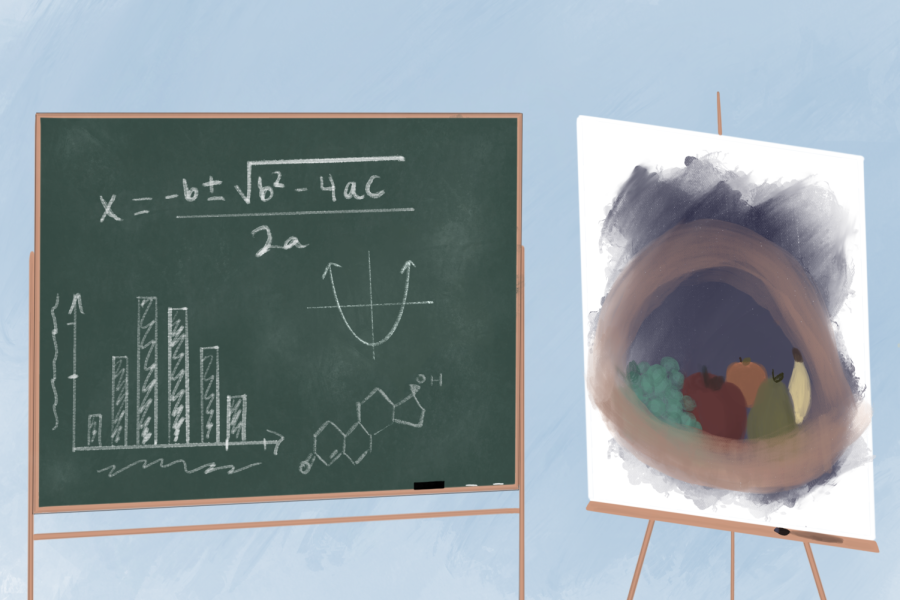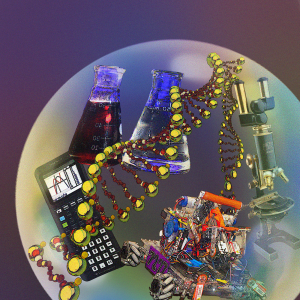Why we need STEAM
February 8, 2023
The STEM fields, the “real” fields, are the pride and joy of most schools. They teach innovation and inspire students to solve problems. Traditionally, aspiring doctors, programmers and engineers all receive a proud pat on the back for their ambitious choice of career. Unfortunately, I am not saying this from experience — I live the scandalous life of a dance major.
Really though, being a dance major only appears to be scandalous because of the mindsets instilled in us as kids. The arts are just as important to our daily lives, but they are often overshadowed when it’s finally time for us to “grow up” and find real career paths.
To remedy this and acknowledge the impact of both, there has been a lot of recent conversation surrounding STEAM: a model that finally adds the arts to STEM. To help support this, UT should provide more general exposure to its arts programs.
STEM subjects are the ones more traditionally pushed, and because of that it seems that STEM and the arts are directly pitted against each other. I am a proponent of STEAM, because it is no secret how important the arts are to development and education. Even more importantly though, STEAM just formally acknowledges what has already been there the entire time.
While they often go unnoticed, the arts contribute just as much to fostering innovative ideas as programming or engineering.
Tina Curran, theatre and dance assistant professor of instruction, said that STEAM is already in the early stages of being practiced, just not consciously recognized.
“Thinking imaginatively, planning a process and the discipline of carrying through with that process, for me, are paralleled within the arts and within STEM practices.”
Really then, the challenge is changing the way that people think about the arts. The problem lies in the fact that a lot of people still do not consider the arts to be as important as the rest of STEM.
Dance freshman IvyCamille Sampson said her extended family had a hesitant reaction to her choice to pursue an artistic career path.
“Most of them just kind of (gave) silent looks, like looks of confusion or bad judgment,” Sampson said.
This perception can be changed. The University could begin to do this through the way in which UT advertises itself. Sampson said that public social media pages, like the UT Instagram, mainly focus on subjects like sports.
Even the official UTeach Outreach program says on the front page of its website, “We are changing the world one future scientist, engineer, and mathematician at a time.”
“I even remember when I toured UT in high school, I was shown the Gates Dell Complex, the Norman Hackerman Building and where the research centers are. When I asked about the dance building though, the response was ‘Winship is over there.’”
Right now, the arts are seen as STEM’s annoying little cousin that no one wants to play with. However, by taking steps to shift our perspective and prioritize the arts throughout campus, space could be made for two traditionally separate fields to finally get the chance to work together. Their partnership could be beautiful, and who knows, they could have a lot of fun if they finally decided to play together.
Lack is a dance and Plan II freshman from San Angelo, Texas.
















